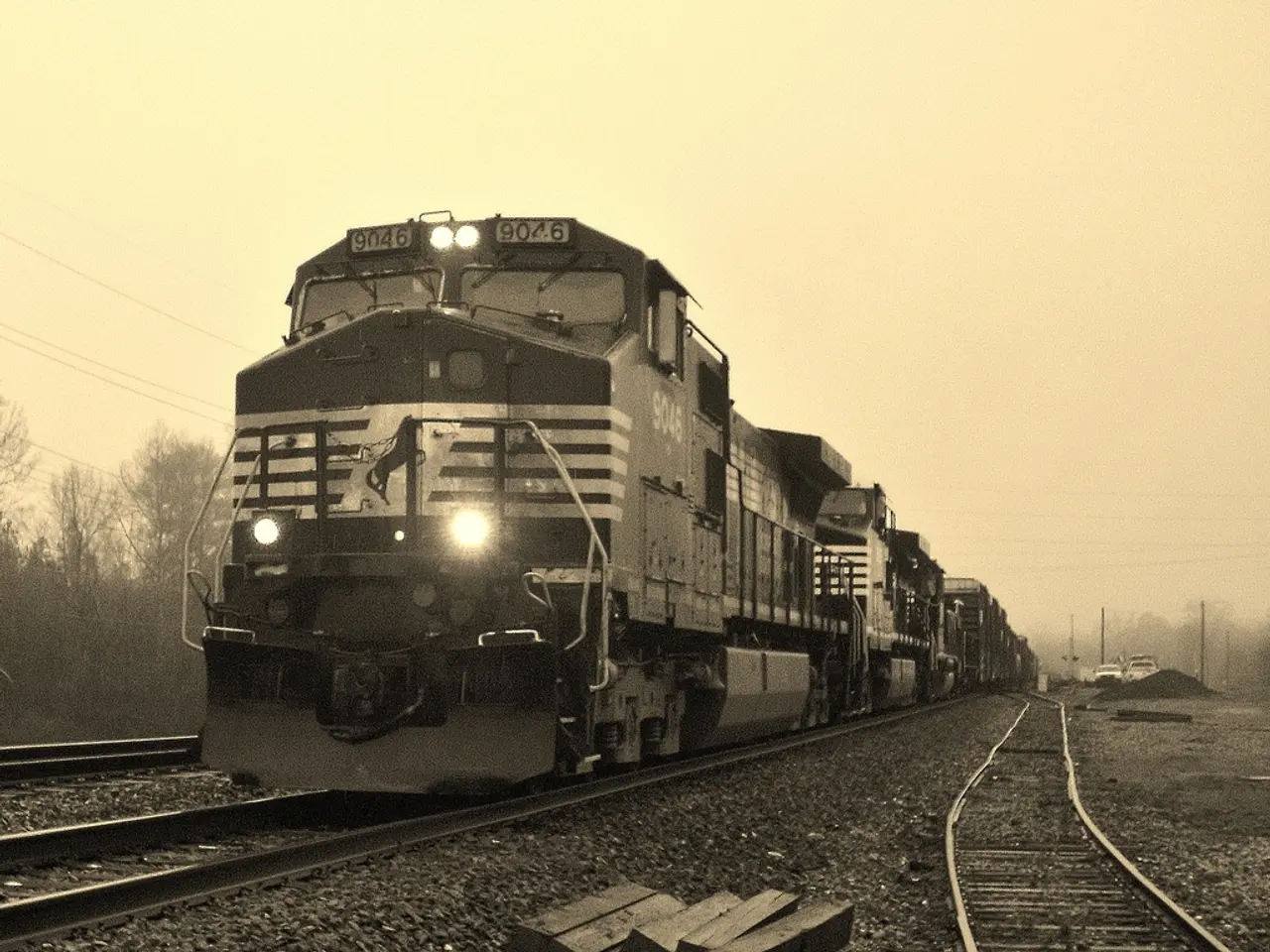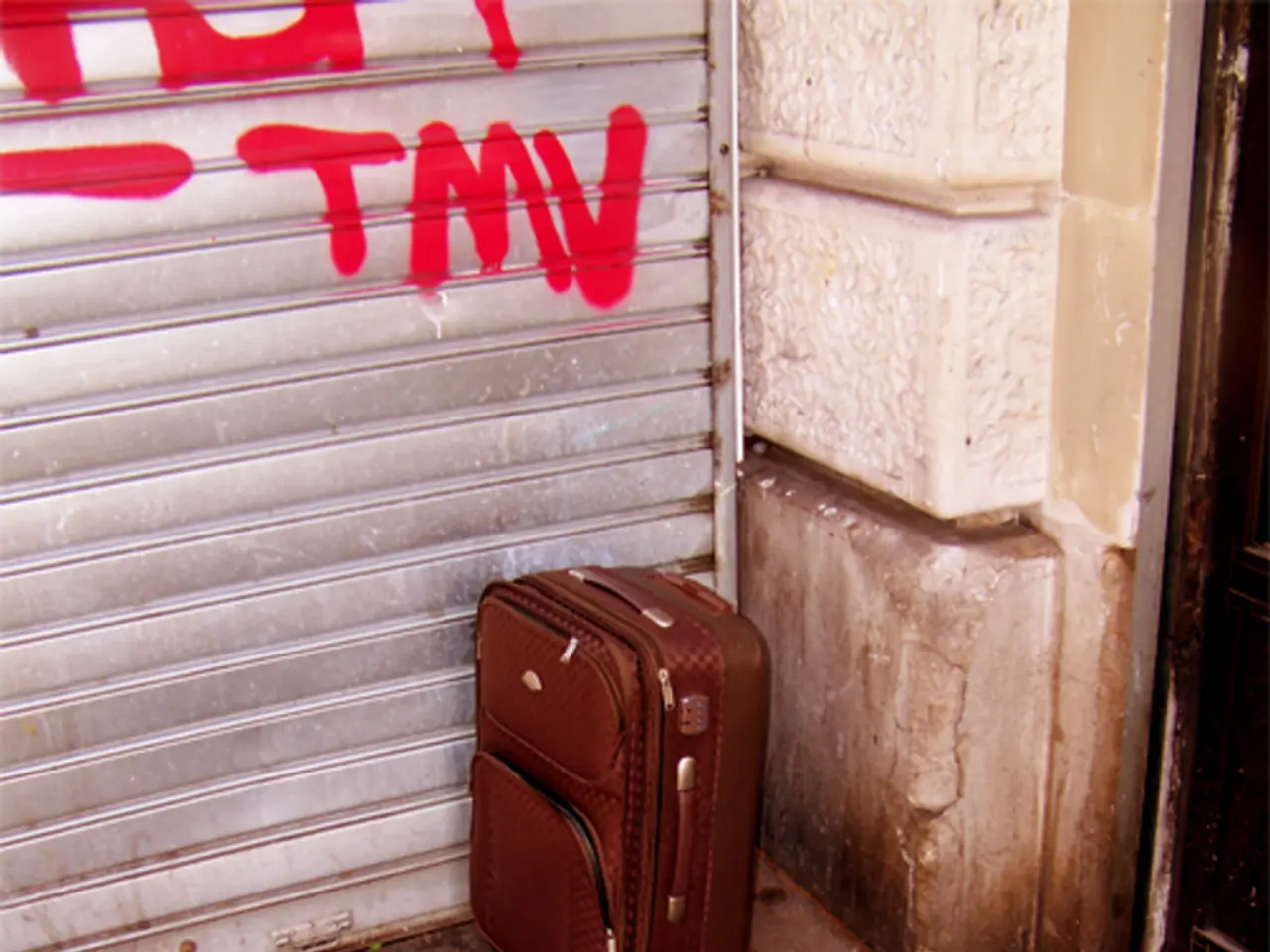Mittelgebirge Challenge: Engineers' Clever Solution to the Mountain Barrier
The Sauschwänzlebahn, a historic railway line nestled in the southern Black Forest, is a testament to Germany's technical prowess in railway construction. Located near Blumberg, close to the Swiss border, this railway line has become a popular tourist attraction, offering visitors a glimpse into the country's rich railway history.
**Historical Background**
Originally conceived with military considerations, the Sauschwänzlebahn was designed to ensure strategic transport routes through the challenging terrain of the Black Forest. Its complex routing and engineering requirements were shaped by its military purpose. Today, the railway is preserved as a historical railway, operating as a museum line that offers nostalgic train rides.
**Engineering Marvels**
The Sauschwänzlebahn is renowned for its engineering marvels, such as tunnels and viaducts, which showcase the technical challenges overcome in its construction. These structures, including the Great Stockhalde Spiral Tunnel, the Epfenhofer Viaduct, the Fützen Valley Crossing, the Biesenbach Viaduct, and the Wutach Viaduct, are key features that highlight the technical ingenuity required to build railways in mountainous terrain.
The Great Stockhalde Spiral Tunnel, for instance, is 1,700 meters long and describes a full 360-degree turn, allowing a height difference of about 15.5 meters to be overcome in a small space. The Epfenhofer Viaduct, on the other hand, is a 264-meter long and 34-meter high iron latticework bridge, completed in 1889. The Wutach Viaduct, constructed with caissons, a modern technique at the time, working under pressure in water-saturated soil, is another engineering wonder.
**Modern Operations**
The Sauschwänzlebahn's operation has been reorganised several times, and since 2014, it has been managed by the municipal railway operations company Blumberg GmbH & Co. KG. The museum railway line operates on 25 km between Weizen and Blumberg-Zollhaus, with a maximum gradient of 1:98. The line includes six tunnels and four large viaducts, each unique in design and constructed for an axle load of 140 tons.
Visitors can experience early to mid-20th-century rail travel on the Sauschwänzlebahn, as it currently operates historic steam and diesel locomotives. The line is a notable cultural and tourist asset near Blumberg, offering scenic rides and a glimpse into railway history in Germany.
In conclusion, the Sauschwänzlebahn represents a remarkable blend of military strategic design and civil engineering excellence. Its preservation as a museum railway keeps alive the historical legacy of this Black Forest line, while its tunnels and viaducts are key features that highlight the technical challenges of building railways in mountainous terrain. It is a significant cultural and tourist asset near Blumberg, offering scenic rides and a glimpse into railway history in Germany.
Travelers on the Sauschwänzlebahn museum railway line near Blumberg can immerse themselves in a lifestyle of the past while marveling at the technology that made railways in mountainous terrain possible. The Great Stockhalde Spiral Tunnel, Epfenhofer Viaduct, Fützen Valley Crossing, Biesenbach Viaduct, and Wutach Viaduct are history and technology merging, offering intriguing insights into the engineering marvels that have been part of this railway since its military conception.




